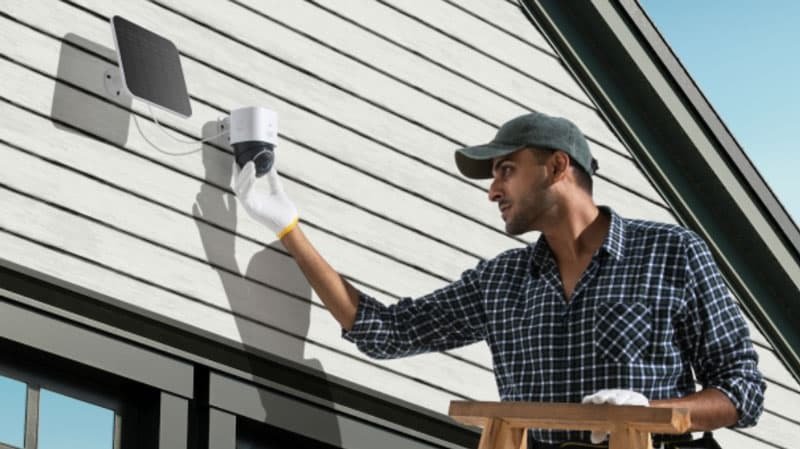In an age where security is paramount, installing outdoor security cameras has become an essential step in safeguarding our homes and properties. These cameras provide a vigilant eye, offering peace of mind and acting as a deterrent to potential intruders. However, the process of installing outdoor security cameras may seem daunting to some. Fear not, for we have compiled a comprehensive guide to help you navigate through the installation process with ease.
Step 1. Selecting the Right Camera
Before diving into installation, it’s crucial to choose the right outdoor security camera for your needs. Consider factors such as resolution, field of view, night vision capabilities, and weather resistance. Research various options available in the market and opt for a reputable brand known for reliability and quality.
Step 2. Strategic Camera Placement
Identify key areas around your property that require surveillance. Common locations include entry points such as doors and windows, driveways, pathways, and vulnerable spots with limited visibility. Ensure optimal positioning to capture clear footage while minimizing blind spots.
Step 3. Power Source
Outdoor security cameras typically require a power source for operation. Options include wired cameras that connect directly to a power outlet or battery-powered cameras for flexibility in placement. Choose the option that best suits your preferences and property layout.
Step 4. Mounting the Camera
Follow the manufacturer’s instructions for mounting the camera securely. Use sturdy mounting brackets and hardware suitable for outdoor use. Ensure the camera is positioned at the desired angle for optimal coverage. Test the stability of the mount to prevent accidental repositioning due to wind or other environmental factors.
Step 5. Connecting to a Network
Most outdoor security cameras require connectivity to a network for remote viewing and monitoring. Depending on the camera type, this may involve connecting to Wi-Fi or Ethernet. Follow the setup instructions provided by the manufacturer to establish a reliable connection.
Step 6. Adjusting Settings
Once the camera is installed and connected, configure the settings according to your preferences. Adjust parameters such as motion detection sensitivity, recording modes, and notifications to suit your security needs. Regularly review and fine-tune settings as necessary to optimize performance.
Step 7. Testing and Maintenance
Before finalizing the installation, conduct thorough testing to ensure the camera functions correctly. Verify image quality, motion detection accuracy, and remote access capabilities. Additionally, establish a routine maintenance schedule to clean the camera lens, check for any signs of damage or tampering, and replace batteries or perform firmware updates as needed.
Step 8. Securing Cables and Components
Properly secure cables and components to prevent tampering or damage. Conceal wiring where possible to deter potential intruders and maintain a neat appearance. Utilize cable clips, conduits, or other protective measures to safeguard against environmental hazards such as moisture and pests.
Step 9. Integration with Existing Security Systems
For enhanced functionality, consider integrating your outdoor security cameras with existing security systems or smart home devices. This may include syncing with alarm systems, mobile apps, or voice assistants for seamless control and monitoring.
Before installing outdoor security cameras, familiarize yourself with local laws and regulations regarding surveillance and privacy. Respect neighbors’ privacy boundaries and adhere to guidelines concerning camera placement and recording activities.
Conclusion
In conclusion, installing outdoor security cameras is a proactive step towards enhancing the security of your property. By following these guidelines and considering essential factors such as camera selection, placement, and connectivity, you can effectively deter intruders and protect your home and loved ones. Remember to prioritize safety, privacy, and proper maintenance to ensure long-term effectiveness and peace of mind. With the right approach and attention to detail, you can enjoy the benefits of enhanced security and surveillance.
